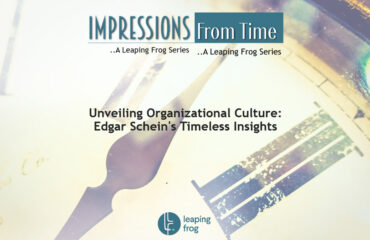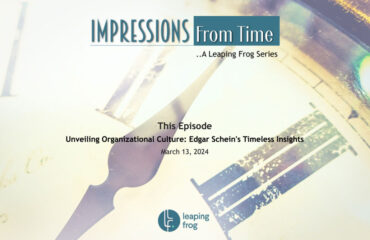
The Xerox PARC Story: Birth of Personal Computing and Graphic User Interface
The Xerox PARC Story: Birth of Personal Computing and the Graphic User Interface. In the early 1970s, the offices of Xerox Palo Alto Research Center (PARC) quietly witnessed a revolution that would transform the landscape of personal computing. Xerox PARC, a subsidiary of the copier giant, paved the way for some of the most groundbreaking technological innovations of the time.
At the heart of this transformation was the “Alto” project, led by a team of brilliant engineers and visionaries, including the likes of Alan Kay and Douglas Engelbart. The goal was ambitious: to create the world’s first personal computer. What emerged from this endeavour went beyond the mere creation of a computer; it laid the foundation for the graphical user interface (GUI), a concept that would become synonymous with modern computing.
The engineers at Xerox PARC conceptualised a revolutionary idea – a computer that users could interact with through graphics rather than cumbersome text commands. The graphical user interface featured windows, icons, and a pointing device called a mouse. This approach was a paradigm shift from the prevalent text-based interfaces of the time and allowed users to navigate and interact with the computer in a more intuitive and user-friendly manner.
One of the key innovations that emanated from Xerox PARC during this period was the development of the Smalltalk programming language. Smalltalk was designed with simplicity and flexibility in mind, allowing users to create and manipulate graphical elements on the screen. It was a breakthrough in object-oriented programming, a concept that would later become fundamental to software development.
However, the story of Xerox PARC is not just about technological innovation; it’s also a cautionary tale about the challenges of translating ground-breaking ideas into commercial success. Xerox, primarily known for its copiers, failed to recognise the potential of the innovations coming out of PARC. Despite having a glimpse into the future of computing, Xerox struggled to see beyond its traditional business model.
The iconic Alto computer, with its graphical user interface and mouse, remained confined to the research labs of Xerox PARC. The commercialisation of these revolutionary ideas eluded Xerox, and it was not until later that other companies seized the opportunity to bring similar concepts to the market.
Apple, in particular, played a pivotal role in popularising the graphical user interface. In 1983, Apple released the Lisa, featuring a GUI and a mouse, and later, the Macintosh in 1984. These products brought the user-friendly interface pioneered at Xerox PARC to the masses and marked the beginning of a new era in personal computing.
The tale of Xerox PARC reveals a crucial lesson in corporate strategy and vision. While the research centre birthed pioneering innovations like the graphical user interface and mouse, Xerox, the parent company, failed to recognise its strategic potential. The story underscores the importance of long-term vision and adaptability within corporate organisations. Xerox’s myopic focus on its copier-centric business model hindered its ability to capitalise on ground-breaking technologies, allowing competitors like Apple to seize the opportunity.
This narrative emphasises the need for corporate leaders to foster an open culture that encourages innovation and risk-taking. The lack of effective innovation management and strategic partnerships further accentuates the importance of nimble responses to technological shifts. The Xerox PARC story serves as a reminder that companies must align their strategies with emerging trends, cultivate a forward-looking perspective, and remain adaptable in the face of rapid technological evolution to thrive in a dynamic business landscape.
The legacy of Xerox PARC extends beyond the commercial success or failure of its parent company. The ideas born within its walls have permeated every aspect of modern computing. The graphical user interface, the mouse, and the concepts of object-oriented programming have become integral parts of our digital lives. The Xerox PARC story is a testament to the power of visionary thinking and the importance of recognising and capitalising on transformative ideas in the ever-evolving world of technology.
……………………………………………………………………………………………………………………………………
“Impressions From Time” is a curated series from Leaping Frog about stories from the past that have helped shape modern-day practices in the people and organisation domain.
Leaping Frog, a new-age consulting firm, is an enabler and co-creator in enhancing people and organisational effectiveness. We love doing work in the areas of “Driving Organisational Change and Development”, “HR Systems and Talent Strategy”, and “Leadership and Life Coaching”.
Connect and share, for work and more.
Mail: comm@leapingfrog.in
Website: www.leapingfrog.in
Follow Us: https://lnkd.in/d7TQbsia




